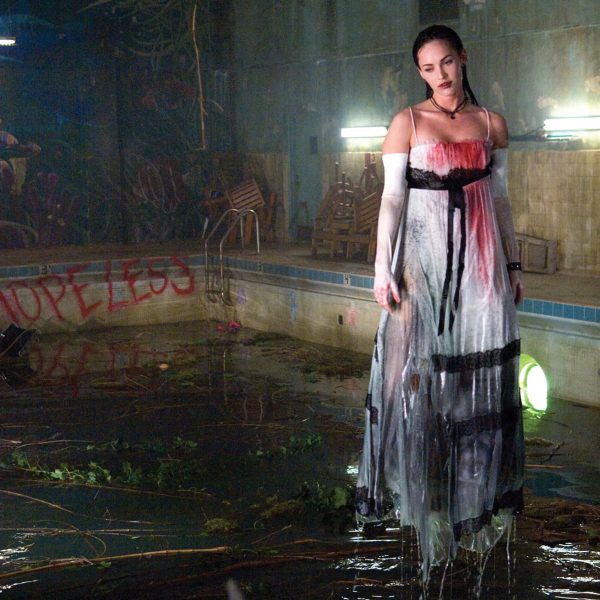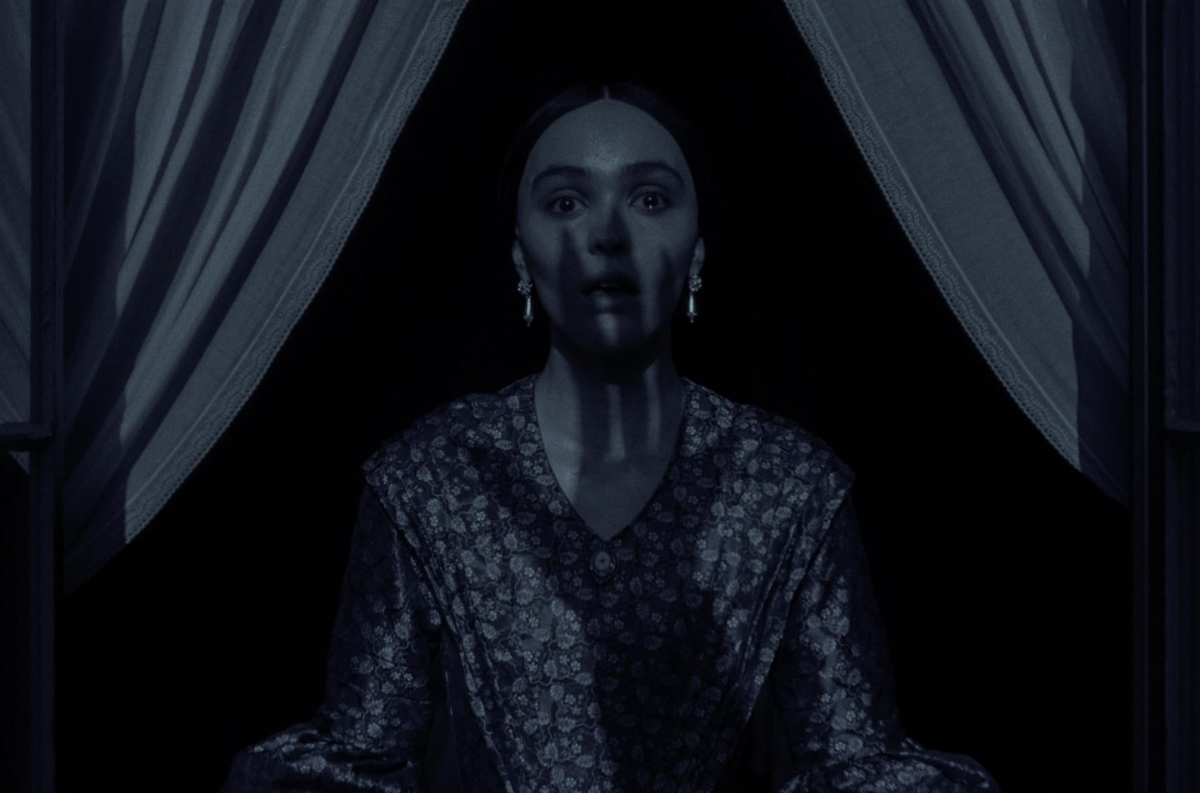“Jennifer’s Body,” a 2009 horror-comedy directed by Karyn Kusama, initially stumbled at the box office, but has since emerged as a beloved feminist cult classic. So, what’s behind this transformation? It’s because the film subverts the traditional objectification and portrayal of women in the horror genre, offering a fresh perspective that challenges gender norms.
The horror genre is known for its diverse storytelling, and producing iconic films with dedicated fan bases. However, it has long been critiqued for its depiction of women on the screen. We often see women get murdered in brutal and grotesque ways, more often than their fellow male counterparts. The most common occurrence of this objectification and misogyny in horror is in slasher movies. Slasher movies are a horror film sub genre that features a killer or killers who stalk and murder people, often with sharp or bladed tools. These psychotic killers often target teens or female victims, and as a form of punishment for their sexuality.
Slasher films often punish promiscuous women, perpetuating a cycle where women’s desires are directly linked to violence against them. We see this in movies such as 1978 “Halloween” and 1996 “Scream,” where the women were killed for flirting or engaging in sexual activity. We even see it in more modern movies such as 2016’s movie “Terrifier,” where it features female characters who are portrayed engaging in sexual behavior and are targeted by the character Art the Clown, who murders them in outlandish ways.
“Jennifer’s Body” turns this narrative on its head. The movie follows Jennifer, played by Megan Fox, who ends up being possessed by a demon with a thirst for male blood. While evil Jennifer satisfies her appetite for human flesh by having sex and eating the school’s male population, her nerdy best friend, Needy, played by Amanda Seyfried, learns what’s happening and vows to put an end to the carnage.
“Jennifer’s Body” challenges the notion that the worst fate for a woman in horror is sexual violence or punishment for her sexual desires; here, Jennifer flips the narrative, initiating sexual encounters and committing violent acts against men. The film portrays the male characters as victims, often subjected to grotesque fates, while Jennifer remains in control. Even during intimate scenes, the film avoids catering to objectification. Jennifer doesn’t shed her clothing but instead exerts her power over her male victims. Jennifer is not framed in tantalizing close-ups but rather often in wide shots in which she dominates the frame, like the iconic shot of her walking down the hallway in her pink sweatshirt, not clothes you would normally find scandalous. It makes her have an air of intimidation instead of an object of desire.
The film also offers a nuanced exploration of female friendship. Kusama, described it as a commentary on toxic friendships among girls, highlighting how these relationships can be distorted by societal pressures. As Needy grapples with Jennifer’s transformation, her emotional connection to Jennifer remains, showcasing a complex bond that transcends mere horror tropes. Needy doesn’t see her as a monster, and we can see this when Jennifer is affectionate towards Needy. There is an iconic kissing scene where Needy and Jennifer share an intimate kiss, and even in this scene we don’t feel this voyeurism as we sometimes do with scenes like this; instead, we see this reciprocal desire between Needy and Jennifer. The way the audience sees it is not in a de-sexualized angle, but rather one that celebrates female desire and sexual agency. This female perspective of womanhood and their friendship through the main character’s gaze lets us see a more real yet unsettling approach to women in the horror genre.

But why was this movie initially a huge flop? Well, because its marketing targeted the wrong audience. Megan Fox is an actress who has been seen as a sexual icon, her first appearance in the 2007 “Transformers” movie making that apparent. Being the star of Jennifer’s Body and being the idealized beauty in western society, you’d think this movie would cater towards the male gaze and heterosexual men being the target audience. The marketers for the film thought so too, so many of the trailers and posters showcase Megan Fox front and center, with taglines such as “She’s got a taste for bad boys.”
Kusama acknowledged that using an up and coming sex icon could cause her target audience, which she states is women as a whole, to become warped with the marketing towards heterosexual men. In a Buzzfeed interview titled “You Probably Owe ‘Jennifer’s Body’ An Apology”, Kusama stated that she kept reminding everybody to not market this movie towards boys, because they will be disappointed when they go to the theater and see Megan Fox not take off her clothes but instead rip a guy’s intestines out and eating them.
By placing a female character in a position of power and challenging the dynamics of victimhood, “Jennifer’s Body” not only redefines the roles women play in horror but also explores the complexities of female friendship and desire. “Jennifer’s Body” stands as a testament to the transformative power of horror when it is used to confront and dismantle gender norms, inviting a new generation to appreciate its rich subtext and bold message.




















